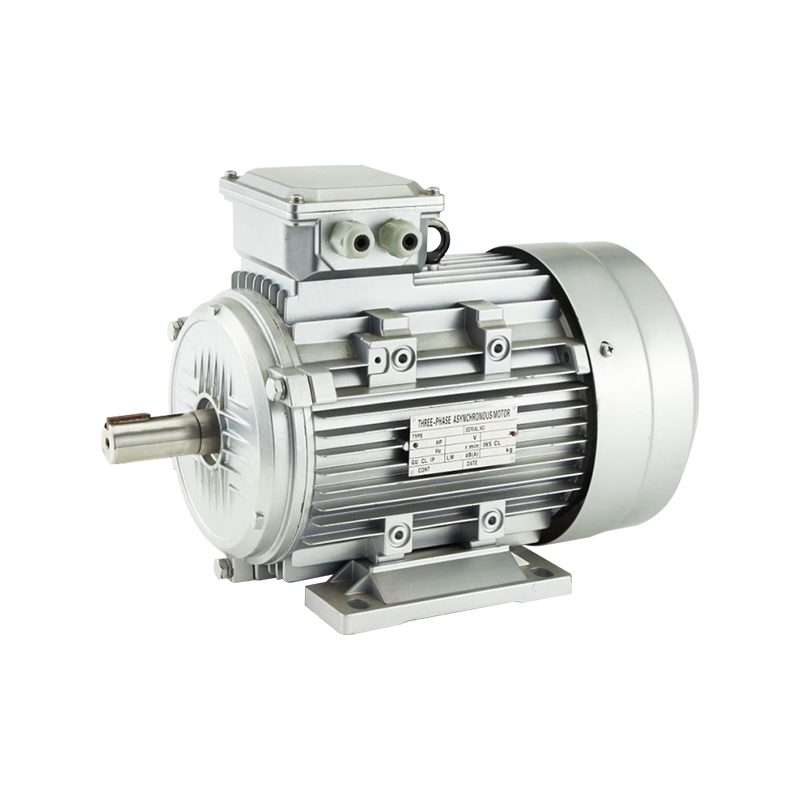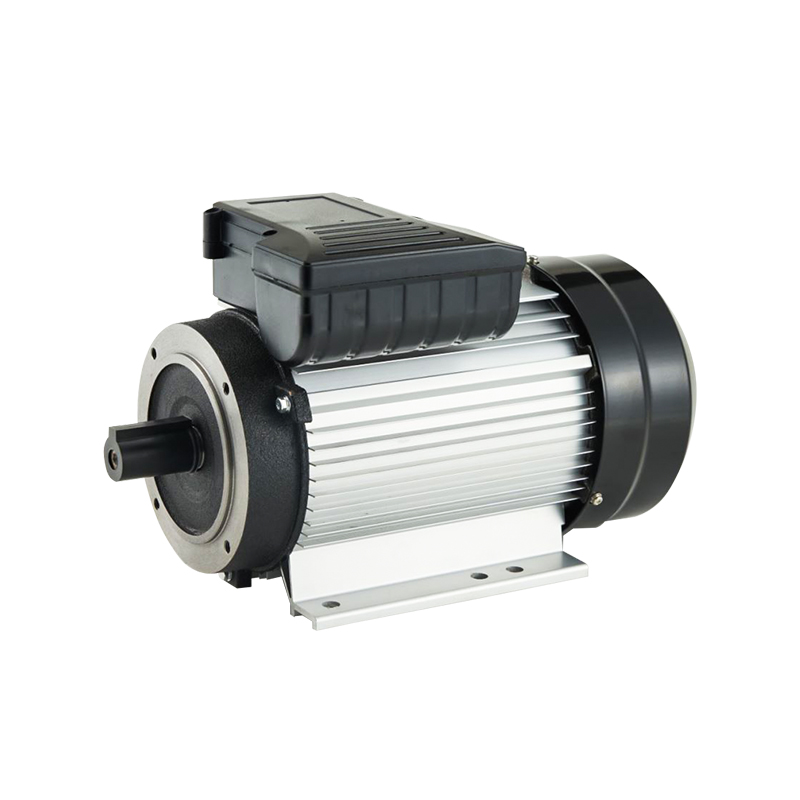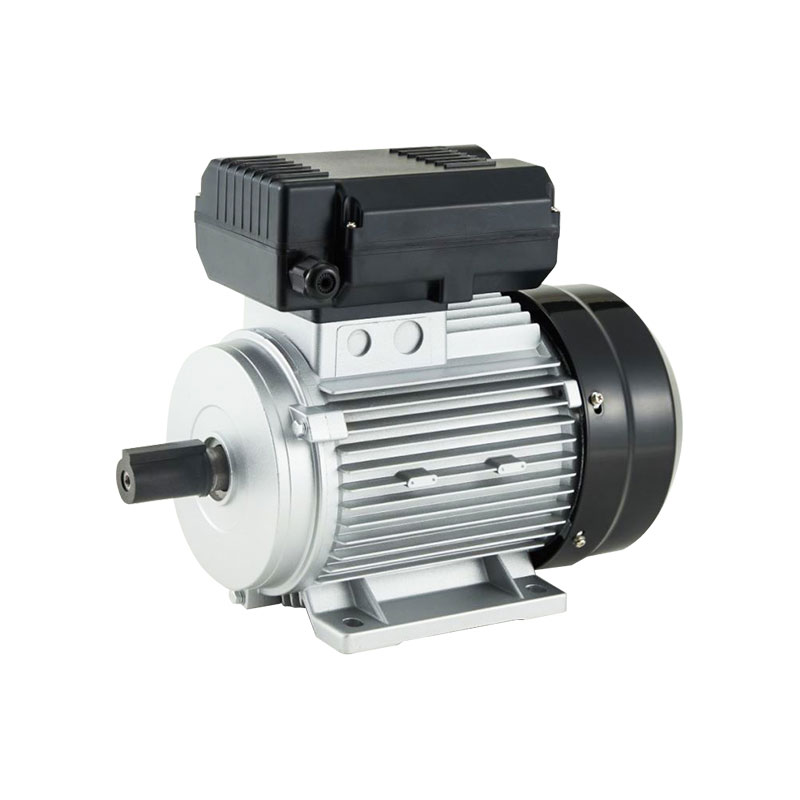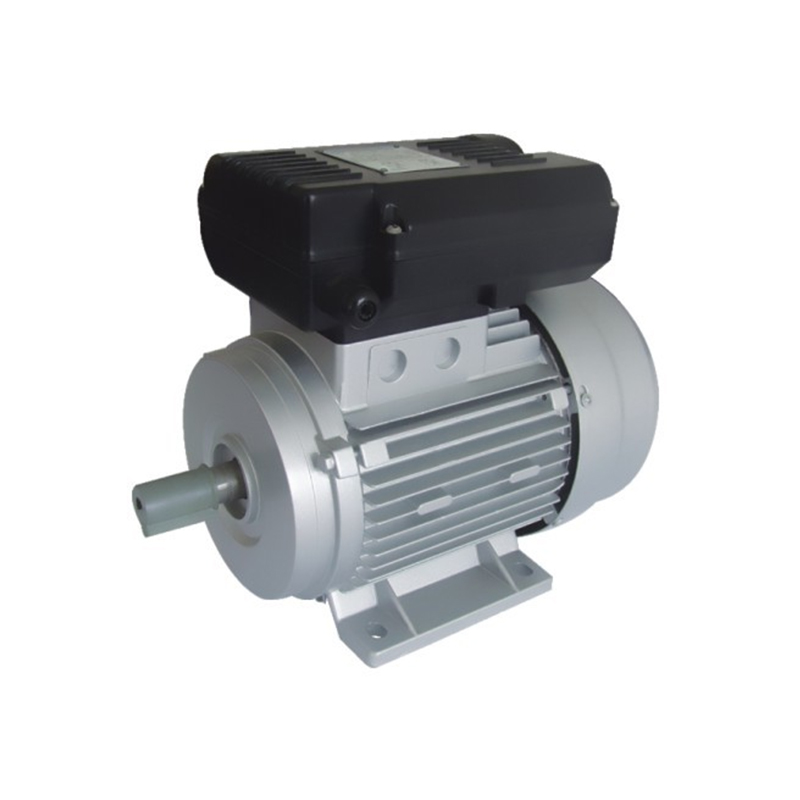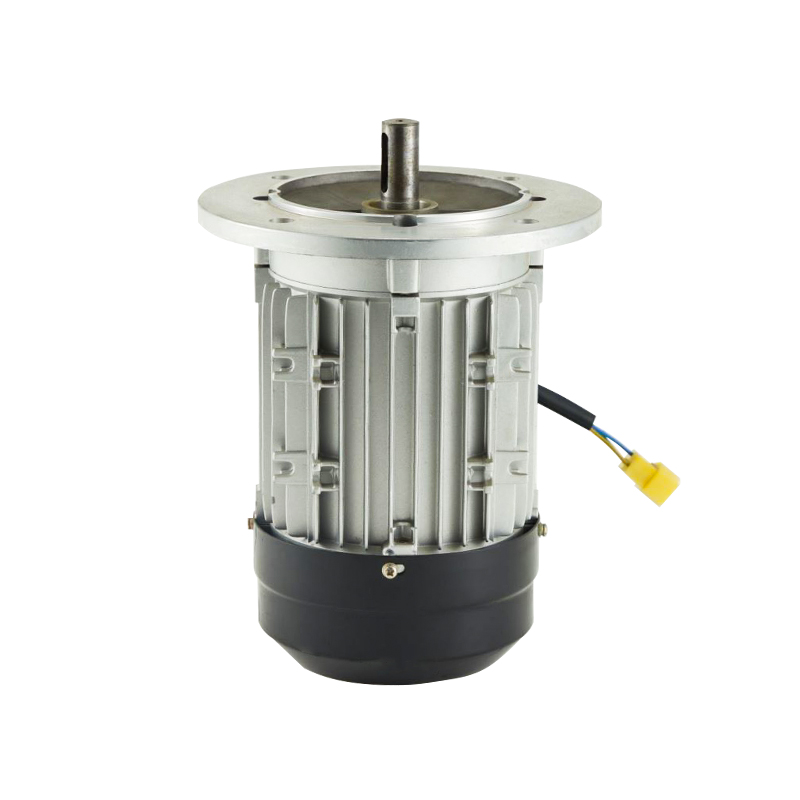Electric motors, whether brushless asynchronous induction motors or those incorporating permanent magnets, are integral components in many industrial applications. These motors, renowned for their efficiency and performance, are susceptible to overheating, which can advance to decreased operational life and performance issues. Understanding the common causes of motor overheating and implementing appropriate mitigation strategies is crucial for ensuring their longevity and reliable operation.
1. Electrical Overload
One of the primary reasons for motor overheating is electrical overload. This occurs when the motor is subjected to a current that exceeds its designed capacity. For brushless asynchronous induction motors, this can happen if the motor is connected to a load that requires more current than the motor can handle. Similarly, in induction motors with permanent magnets, excessive current can cause overheating.
Mitigation: To prevent electrical overload, it is essential to ensure that the motor is appropriately sized for the application. Using a motor with the correct specifications for voltage, current, and power requirements is critical. Additionally, incorporating protective devices such as circuit breakers or thermal overload relays can help monitor and manage electrical loads.
2. Inadequate Ventilation
Insufficient ventilation around the motor can also advance to overheating. Motors generate heat during operation, and proper airflow is necessary to dissipate this heat effectively. Brushless asynchronous induction motor permanent magnet are particularly sensitive to inadequate cooling.
Mitigation: Ensuring that the motor installation area is well-ventilated is crucial. Regular maintenance of ventilation systems, such as fans or air ducts, helps maintain proper airflow. Additionally, keeping the motor clean and free from dust or debris that could obstruct airflow is essential for efficient cooling.
3. Poor Maintenance
Lack of proper maintenance can contribute significantly to motor overheating. Over time, dust, dirt, and other contaminants can accumulate within the motor, affecting its performance and cooling efficiency. For both brushless asynchronous induction motors and permanent magnet induction motors, regular maintenance is necessary to prevent overheating.
Mitigation: Implementing a regular maintenance schedule that includes cleaning the motor and checking for signs of wear or damage can help prevent overheating. Lubricating bearings and inspecting cooling systems are also important aspects of motor maintenance. Following manufacturer recommendations for maintenance procedures is advisable.
4. Ambient Temperature
The operating environment's ambient temperature can impact motor performance and cooling. High ambient temperatures can reduce the efficiency of heat dissipation mechanisms and advance to overheating. This is a concern for both types of motors: brushless asynchronous induction motors and induction motors with permanent magnets.
Mitigation: Monitoring and controlling the ambient temperature in the motor's operating environment is crucial. Using air conditioning or cooling systems to maintain a stable temperature can help prevent overheating. In some cases, motors may need to be installed in temperature-controlled enclosures or rooms to ensure good operating conditions.
5. Voltage Fluctuations
Voltage fluctuations or irregularities can affect motor performance and advance to overheating. For brushless asynchronous induction motors, variations in voltage can cause erratic operation and increased heat generation. Motors with permanent magnets are also susceptible to performance issues due to unstable voltage levels.
Mitigation: Implementing voltage regulation devices or using stable power sources can help mitigate the impact of voltage fluctuations. Regular monitoring of voltage levels and ensuring that the power supply is consistent with the motor's specifications can prevent overheating issues.
6. Mechanical Failures
Mechanical issues such as misalignment, bearing failure, or improper lubrication can contribute to motor overheating. Brushless asynchronous induction motors and permanent magnet motors are both vulnerable to mechanical failures that affect their performance and generate excess heat.
Mitigation: Regularly inspecting and maintaining mechanical components is essential for preventing overheating. Ensuring proper alignment of the motor and its connected equipment, along with adequate lubrication of bearings, can help avoid mechanical issues. Addressing any signs of mechanical wear or failure promptly is crucial.
7. Overvoltage and Undervoltage Conditions
Overvoltage and Undervoltage conditions can cause stress on electric motors, pilot to overheating. For brushless asynchronous induction motors, overvoltage can result in excessive heat due to increased current flow, while undervoltage can cause the motor to draw more current to maintain performance. Motors with permanent magnets are also affected by these conditions.
Mitigation: Using voltage protection devices such as surge protectors and voltage regulators can help prevent overvoltage and under-voltage conditions. Monitoring voltage levels and implementing protective measures can ensure stable operation and prevent overheating.
Understanding the common causes of motor overheating and implementing effective mitigation strategies is vital for maintaining the performance and longevity of electric motors, including brushless asynchronous induction motors and induction motors with permanent magnets. By addressing issues such as electrical overload, inadequate ventilation, poor maintenance, ambient temperature, voltage fluctuations, mechanical failures, and overvoltage or under-voltage conditions, operators can ensure that their motors operate efficiently and reliably. Regular maintenance and monitoring play a key role in preventing overheating and optimizing motor performance.


